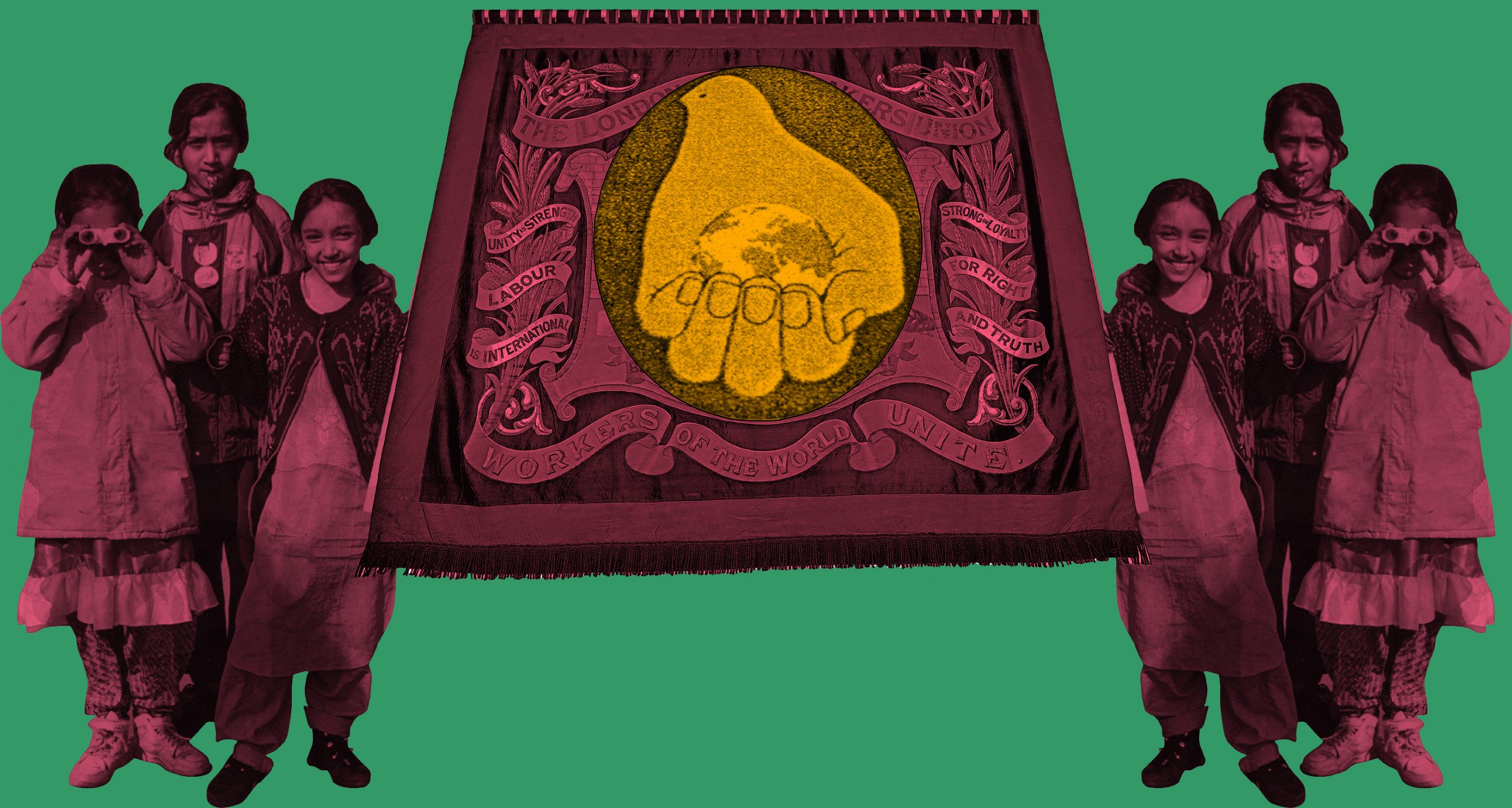
This photograph captures a group of young anti-fascist protestors in 1994, building on a legacy of activism and protest that has existed in East London for centuries. One famous early example of this is the infamous East London Battle of Cable Street of 1936; a series of clashes that occurred throughout the inner East End after members of the Metropolitan Police were sent to protect a march organised by the British Union of Fascists.
The fascist group had intended to march through the heart of the East End, through Limehouse, Bow, Bethnal Green, and Shoreditch. Tensions swelled at the narrow Cable Street, located next to Shadwell DLR Station, when anti-fascist protestors built a series of barricades against the fascist march. Police attempts to remove the makeshift barriers were resisted in hand-to-hand fighting on the ground. At the same time, women in houses along the street threw rubbish, rotten vegetables and the contents of chamber pots.
Anti-Fascist Protestors included local trade unionists, communists, anarchists, and British Jews, supported by Irish workers and socialist groups. The Jewish People’s Council organised a petition calling for the march to be banned, which gathered the signatures of 100,000 East Londoners, including the mayors of the five East London Boroughs (Hackney, Shoreditch, Stepney, Bethnal Green and Poplar) in just two days. However, the then Home Secretary John Simon denied the request to outlaw the march.
Historical records show that estimates of fascist participants ranged up to 5,000; there were 6-7,000 policemen, while the number of anti-fascist counter-demonstrators ranged from 100-250,000.
Source: https://en.wikipedia.org/wiki/Battle_of_Cable_Street